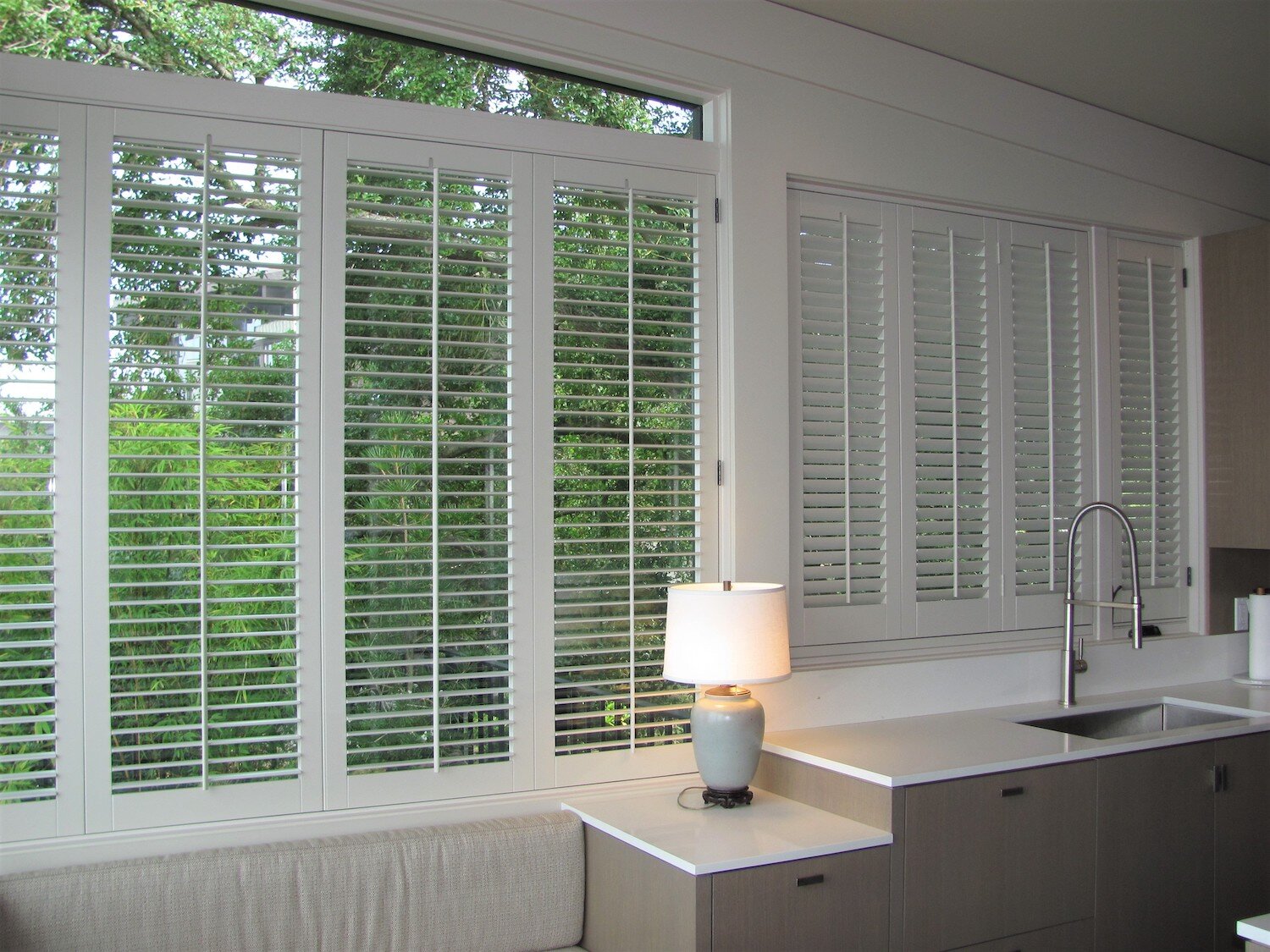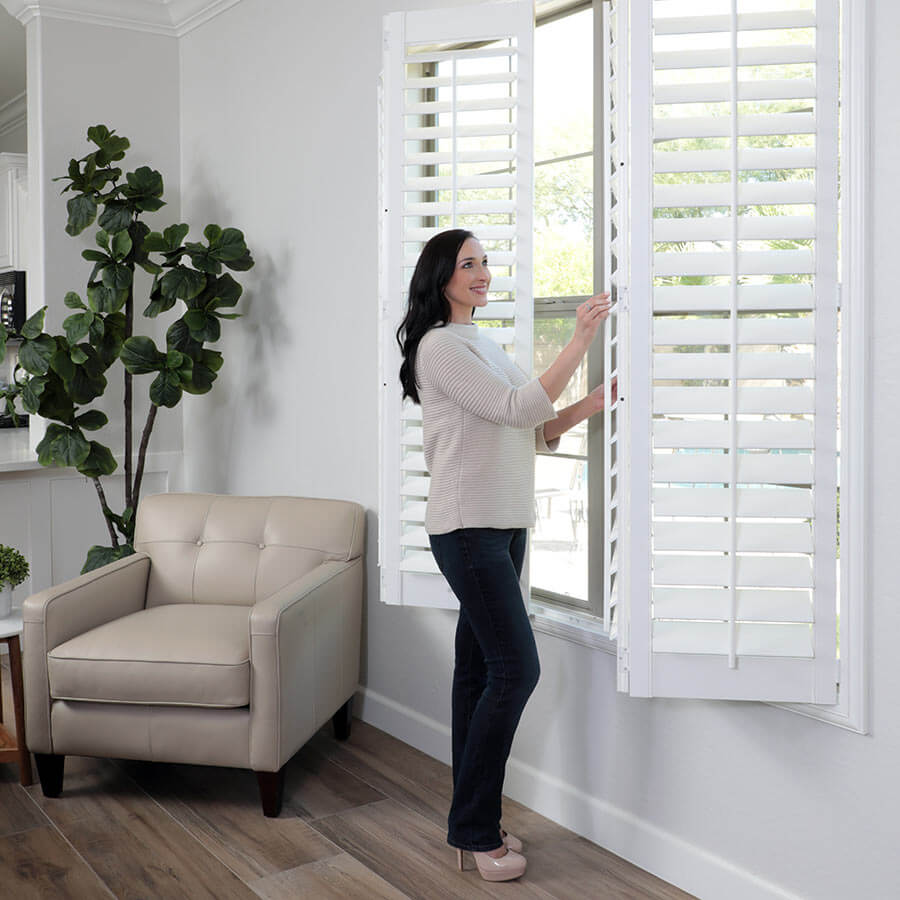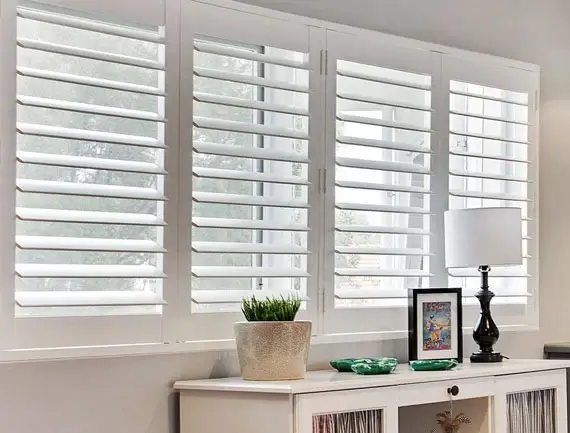Window Shades Phoenix: A Range of Colors and Styles to Choose From
Window Shades Phoenix: A Range of Colors and Styles to Choose From
Blog Article
What to Take into consideration When Picking In Between Blinds and Shutters for Your Windows: A Thorough Evaluation of Each Option's Benefits
Selecting the right window treatment is a decision that transcends simple appearances; it encompasses functionality, maintenance, and long-lasting investment. Blinds provide a cost-efficient and adaptable solution, while shutters offer unmatched durability and style. Each option boasts unique advantages that merit cautious consideration, particularly regarding just how they straighten with your home's style and your personal preferences for personal privacy and light control. As we discover the vital differences and benefits of both selections, recognizing these aspects will be important in directing you toward a choice that satisfies your needs and enhances your room.
Secret Distinctions In Between Blinds and Shutters
Frequently, homeowners locate themselves mulling over between blinds and shutters when choosing window therapies. Comprehending the vital differences in between these two alternatives can substantially affect their decision-making process.
Blinds are generally made from products such as wood, fake wood, light weight aluminum, or vinyl. Blinds are usually much more economical, appealing to budget-conscious property owners.
On the other hand, shutters are solid home window coverings that can be custom-fitted to the window structure. They are typically created from resilient products like wood or composite, supplying a more long-term and durable service. Shutters provide much better insulation and can boost the general power efficiency of a home. Furthermore, they often need even more upkeep and financial investment compared to blinds because of their construction and setup intricacy.

Advantages of Blinds
Blinds supply a useful and versatile solution for home owners looking for efficient window treatments. One of the key benefits of blinds is their adaptability to numerous designs and preferences.
Another substantial benefit of blinds is their ease of procedure. Several modern-day blinds featured user-friendly devices, including mechanized systems and cordless choices, making them accessible for every ages. This ease is enhanced by their ability to give precise light control, enabling homeowners to easily readjust the degree of sunshine entering a space.
Blinds additionally supply outstanding personal privacy alternatives, as they can be fully opened up, partially slanted, or totally shut, depending on the desired degree of seclusion. They are typically a lot more cost-effective than shutters, supplying an affordable service without compromising design or performance. Maintenance is uncomplicated, as the majority of blinds can be cleansed with a simple wipe-down, guaranteeing that they stay an appealing attribute in any kind of home for years to come.
Benefits of Shutters
Shutters offer a distinct set of advantages that make them an attractive option for home owners looking for elegant and long lasting home window treatments. Among the key benefits of shutters is their extraordinary longevity - window treatments phoenix. Created from robust products such as wood, vinyl, or composite, they are designed to stand up to the examination of time and stand up to damages from UV rays, wetness, and temperature fluctuations

Shutters also offer boosted privacy and light control. Homeowners can conveniently change the slats to achieve the wanted level of illumination while preserving personal privacy from the outside. Unlike blinds, which may flex or sag with time, shutters maintain their shape and capability.
Furthermore, shutters can increase the worth of a home (shutters phoenix). Their timeless visual and toughness attract possible purchasers, making them a rewarding investment. In recap, the resilience, power efficiency, personal privacy control, and potential for boosted building value make shutters a compelling alternative for window treatments
Visual Considerations
When choosing home window treatments, aesthetic factors to consider play an important duty in enhancing the general layout and ambiance of an area. Both shutters and blinds offer unique aesthetic qualities that can enhance various interior designs, from modern-day to traditional.
Blinds commonly provide a sleek, minimalist appearance, conveniently readily available in a range of shades and products. This convenience allows house owners to coordinate blinds with existing decor, creating a unified look. Their horizontal or upright slats can add a contemporary edge, making them suitable for urban settings.
In contrast, shutters emanate a timeless style that boosts rustic and traditional interiors. Their strong framework and personalized coatings, such as timber spots or painted options, evoke a feeling of eternity. Shutters can function as a statement piece, drawing attention to the home window while supplying a high end aesthetic.
Ultimately, the choice in between shutters and blinds need to mirror not only personal design yet also the desired ambience of the area. By very carefully thinking about exactly how each option straightens with the total style vision, homeowners can successfully boost their area's aesthetic allure, making sure a harmonious and welcoming atmosphere.
Expense and Upkeep Elements
Cost and upkeep are essential elements to take into consideration when choosing in between blinds and shutters for home window treatments. Blinds are typically extra budget-friendly, with a broad range of choices readily available at various cost factors.
In comparison, shutters tend to carry a higher preliminary price because of their personalized manufacturing and robust building. Nonetheless, this financial investment may yield long-lasting cost savings, as shutters are usually more resilient and need less regular substitute. They likewise provide exceptional insulation, potentially reducing energy expenses in time.
Blinds usually call for routine dusting and periodic washing, while shutters can be cleaned down with a damp towel for cleansing, making them simpler to maintain. Inevitably, the option between shutters and blinds ought to stabilize both preliminary investment and recurring maintenance requires to make sure a satisfying return on investment.
Verdict

Blinds present a cost-efficient and adaptable motorized blinds phoenix remedy, while shutters offer unrivaled sturdiness and design.Price and upkeep are essential facets to take into consideration when picking in between blinds and shutters for home window therapies. Blinds generally call for routine cleaning and occasional washing, while shutters can be wiped down with a wet towel for cleansing, making them much easier to preserve. Eventually, the option in between blinds and shutters ought to balance both initial financial investment and recurring upkeep needs to guarantee a satisfying return on investment.
In recap, the choice between shutters and blinds hinges on various variables, consisting of material composition, layout adaptability, and expense.
Report this page